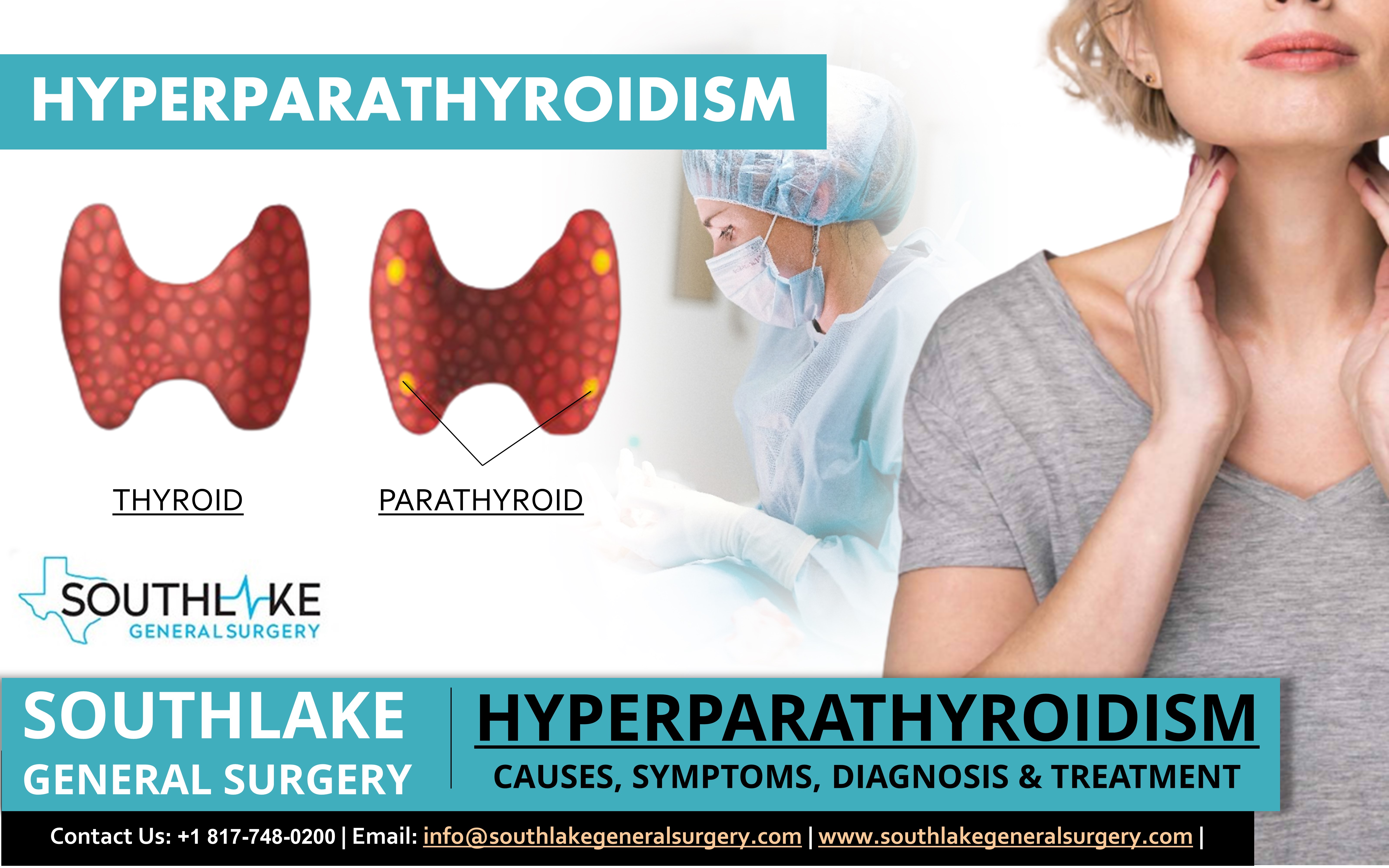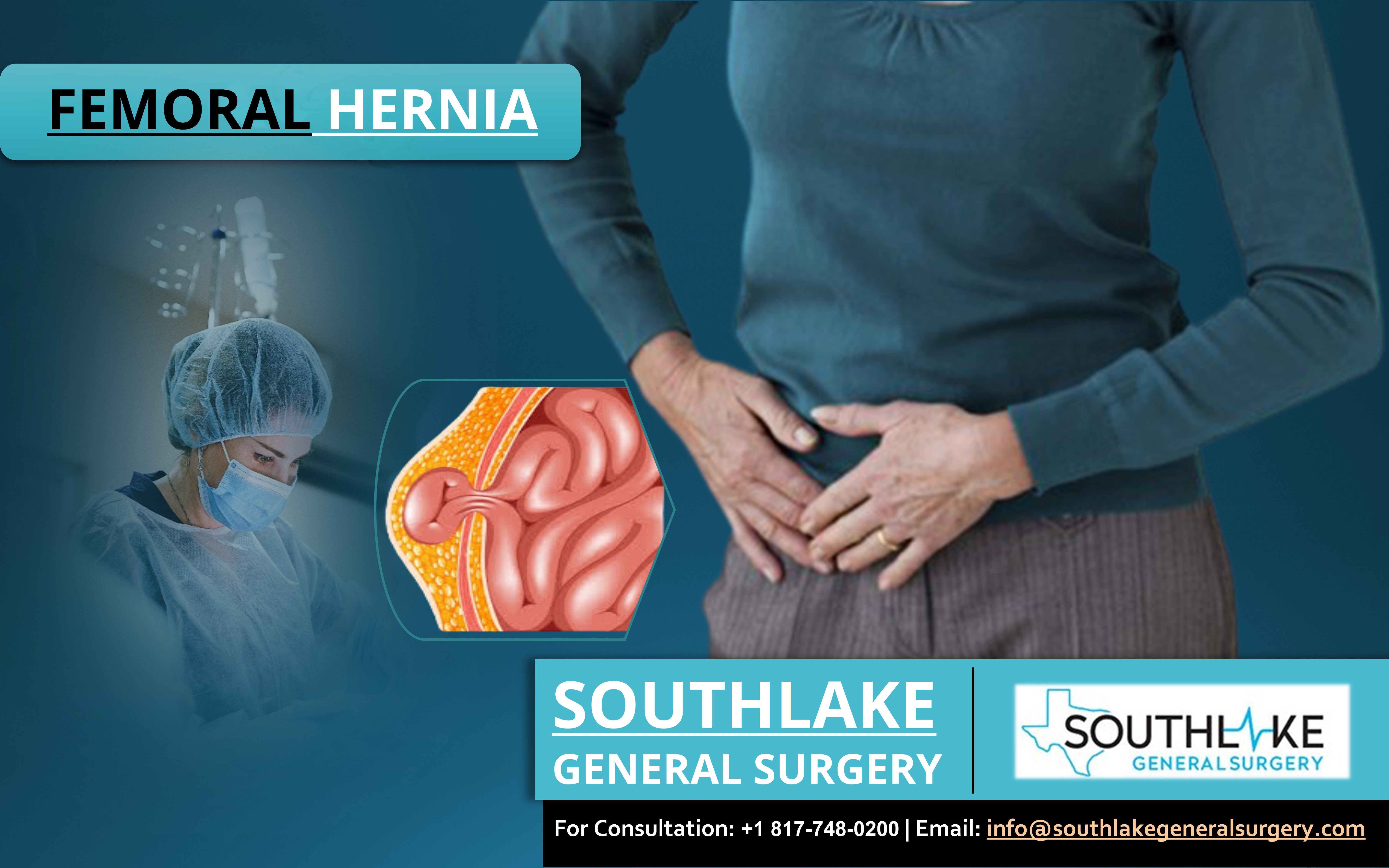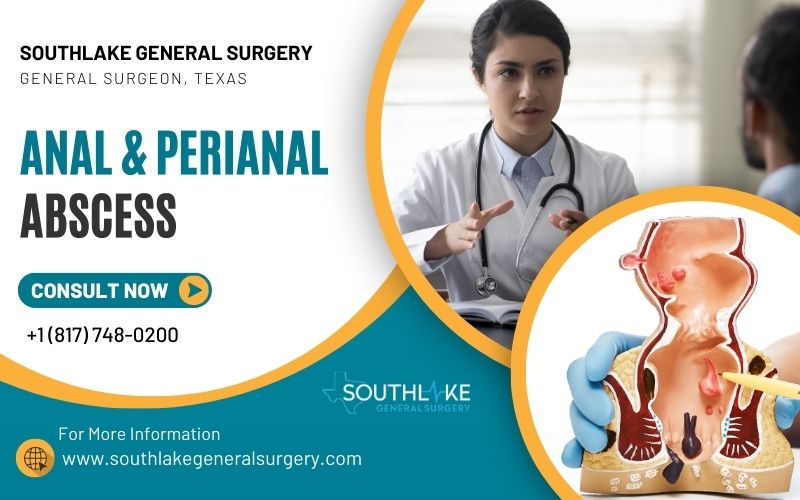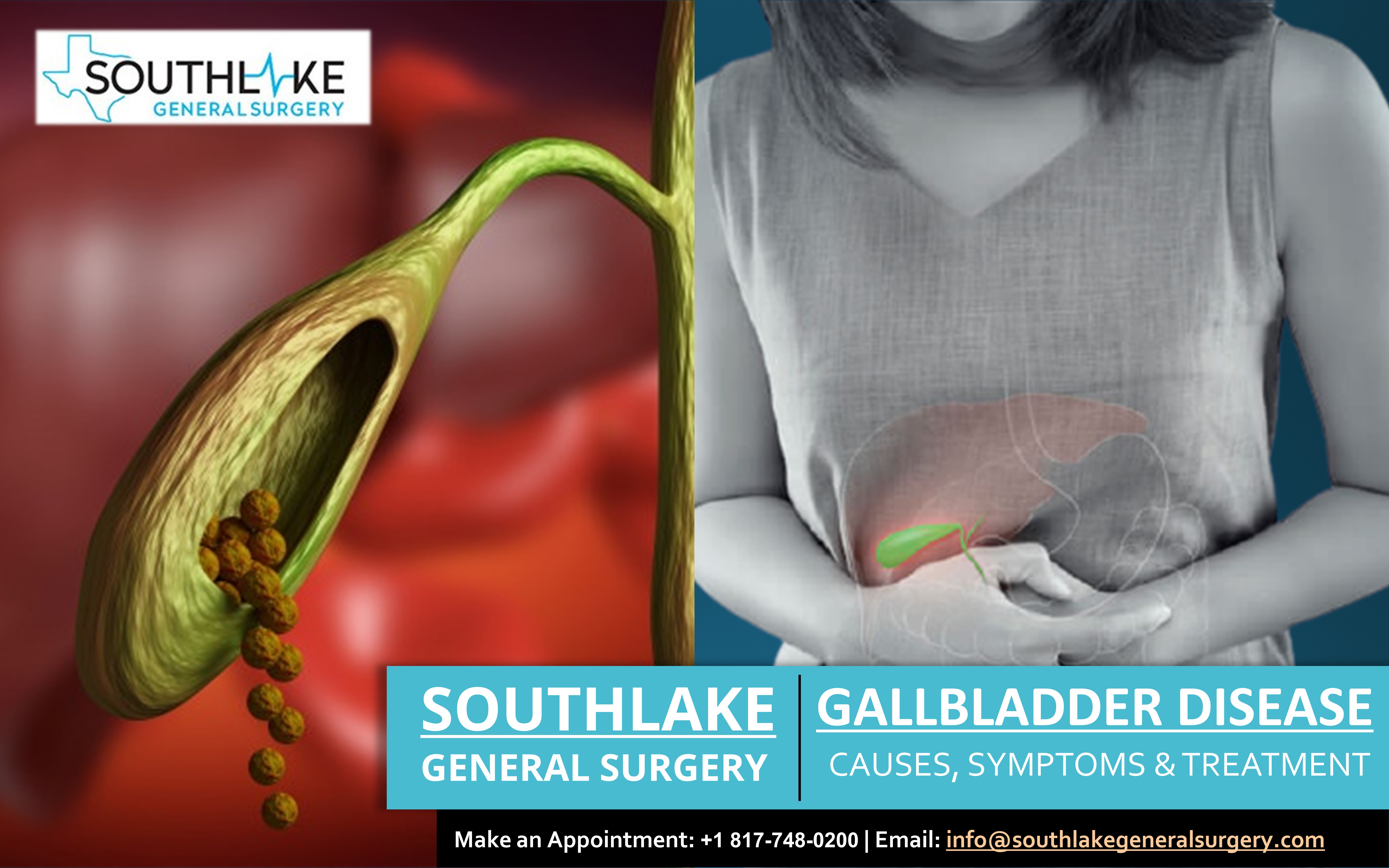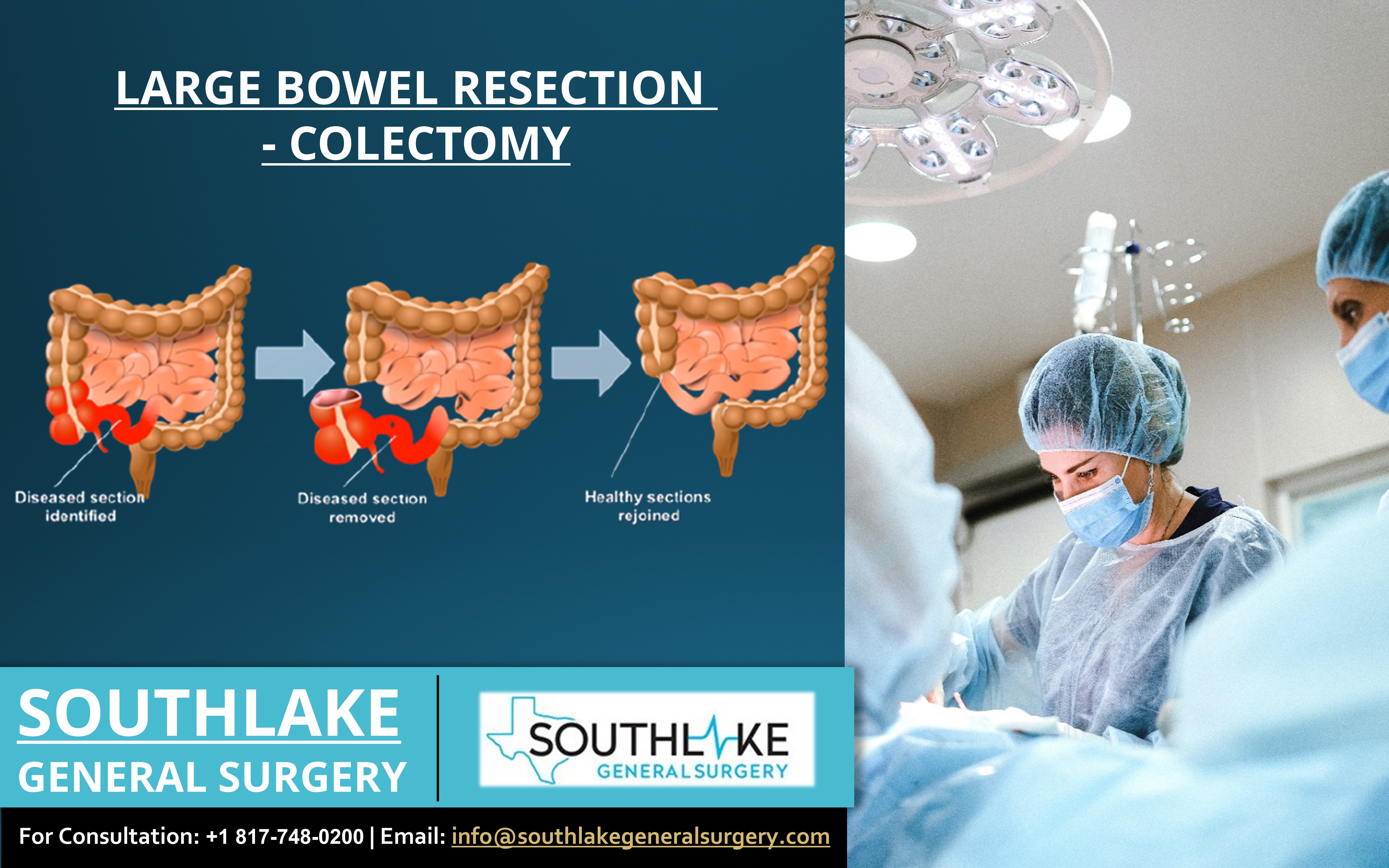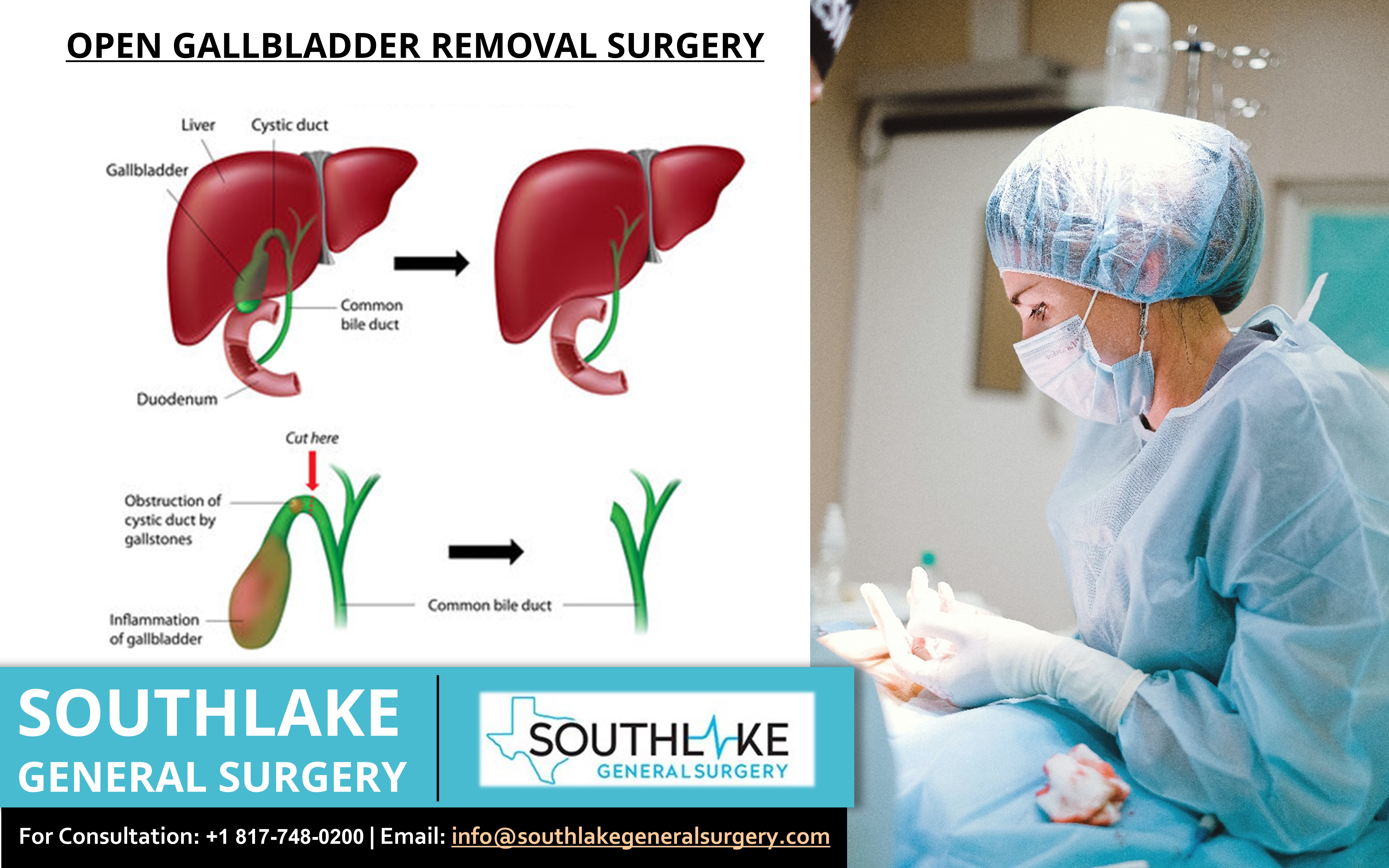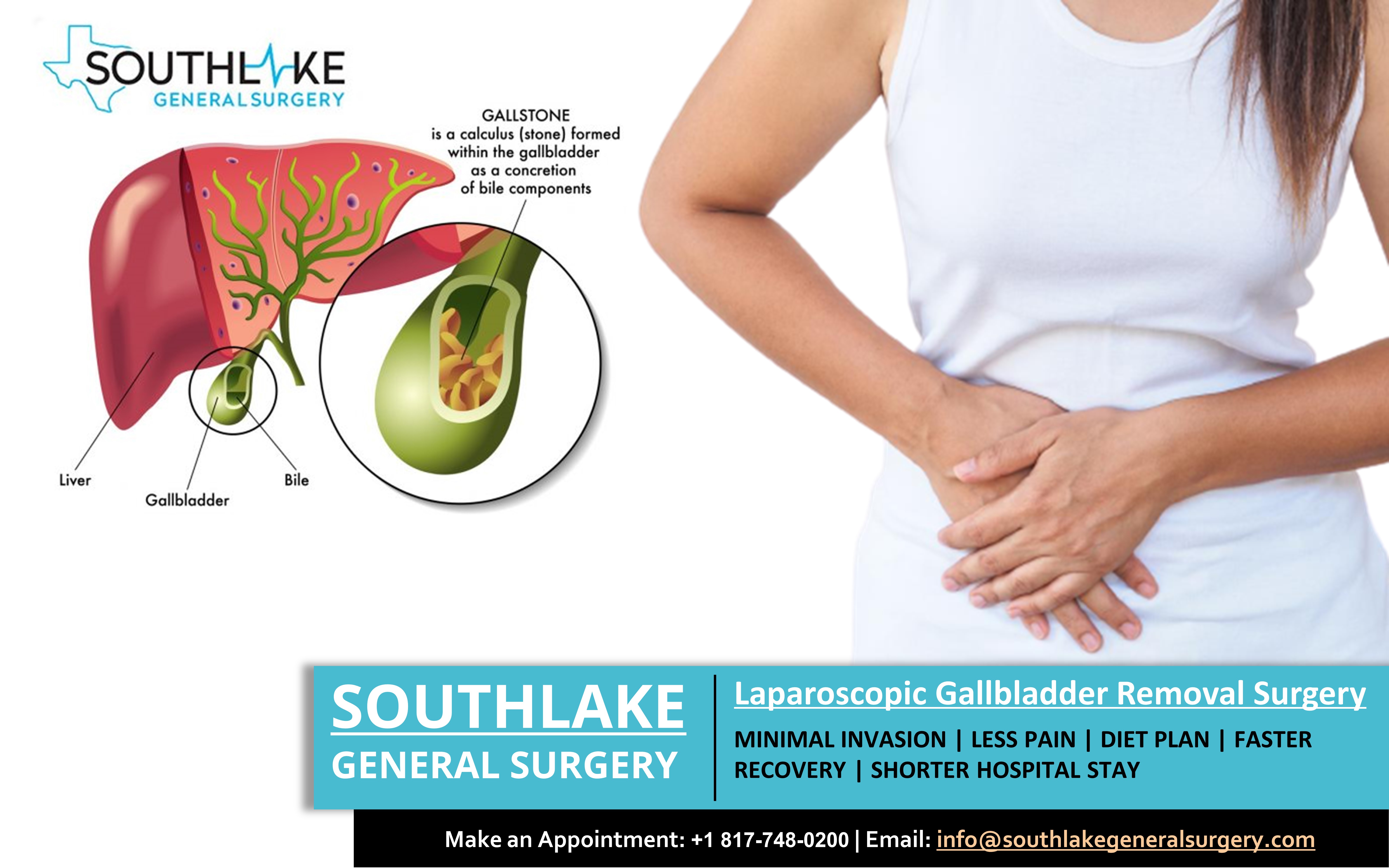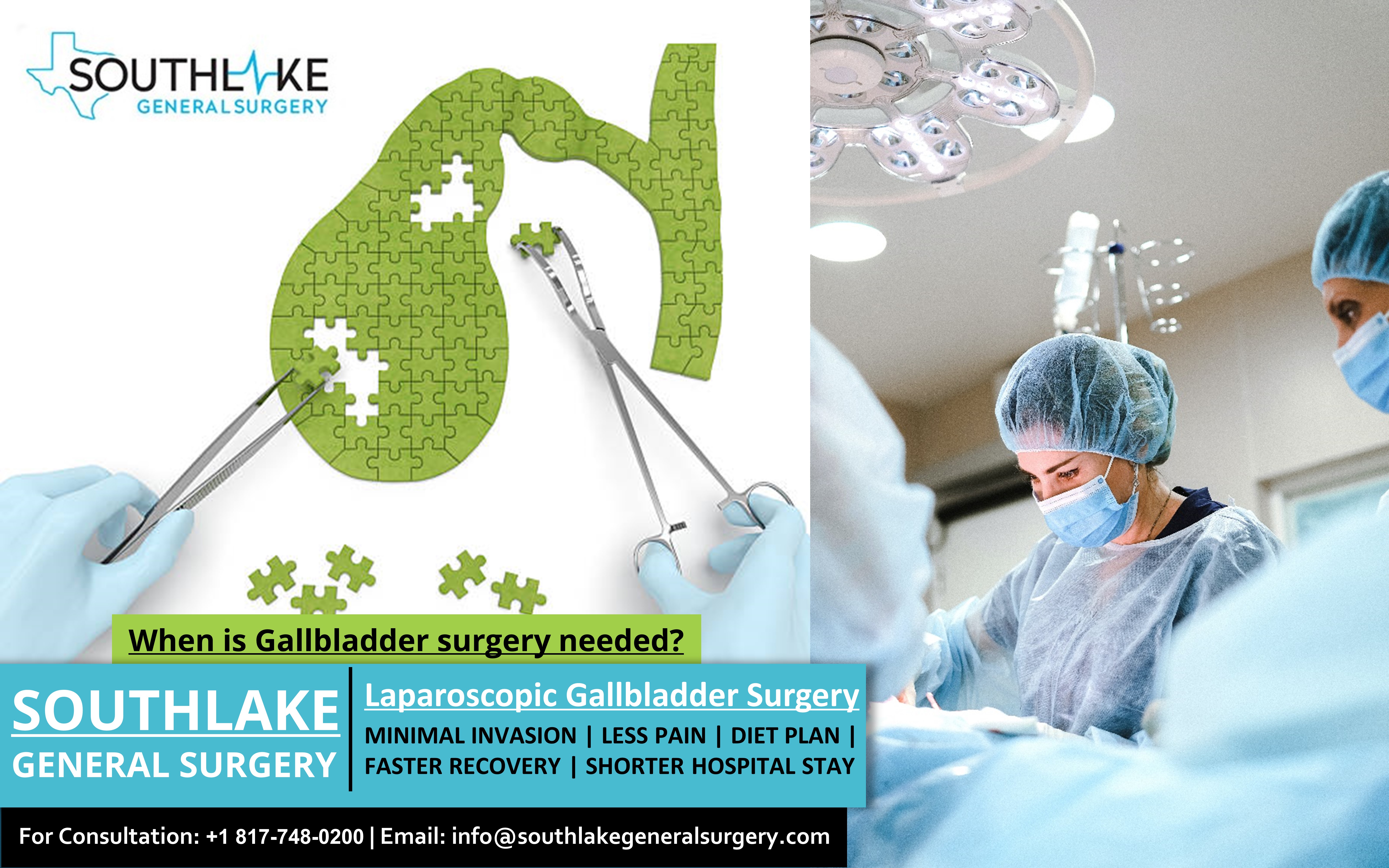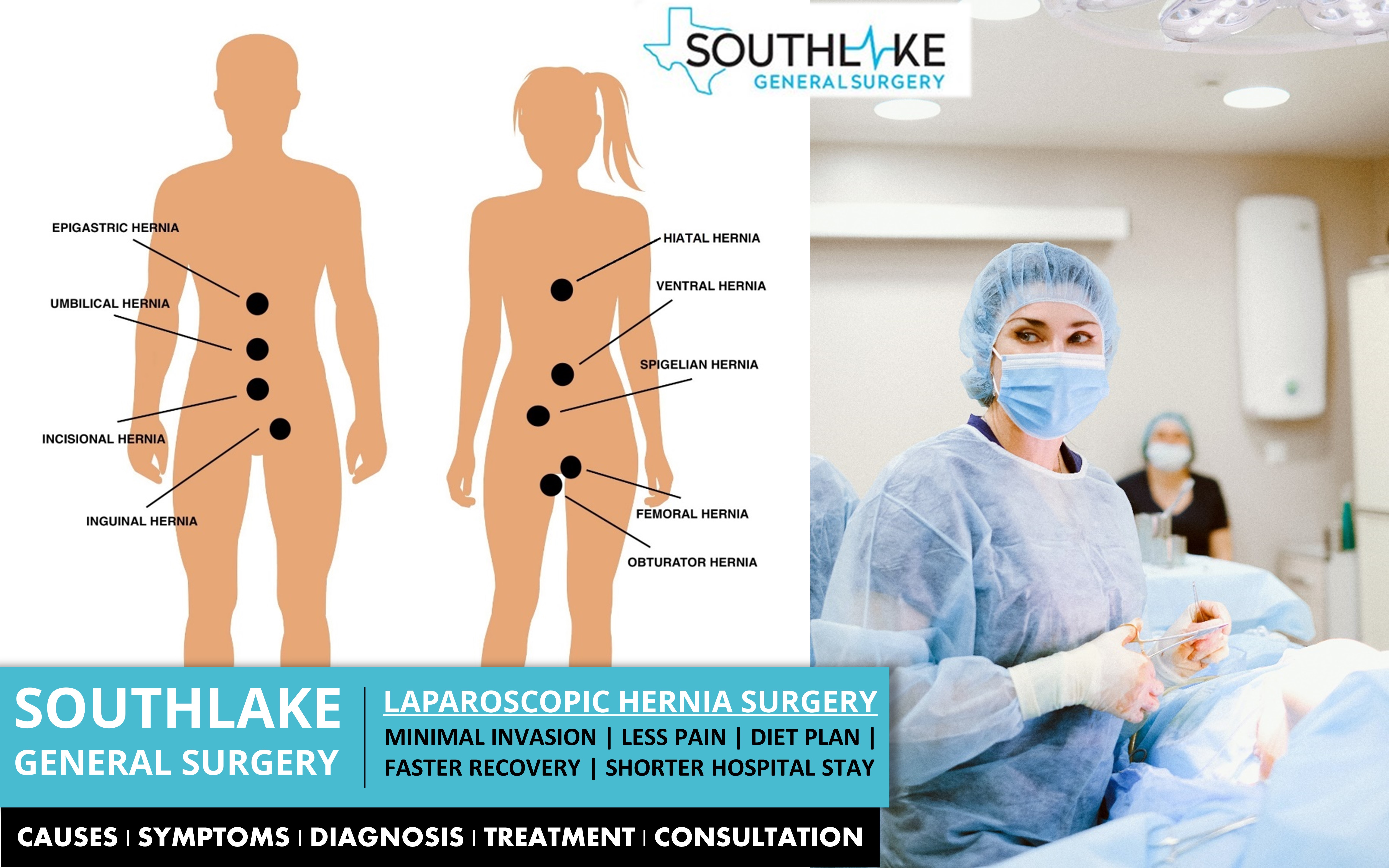The presence of gallstones in the bile common bile duct (also known as bile duct stones or gallstones in the bile duct) in medical terms is called Choledocholithiasis. The bile duct is the small tube that conveys bile from the gallbladder to the small intestine.
Read More →
Hyperparathyroidism is a condition when our body produces excess calcium in blood and tissues. Your body needs calcium, but a high level of calcium is not good for our body. It has no relevance to how much calcium you consume through dairy products.
Read More →
A strangulated hernia is a perilous ailment. Fatty tissue or a part of the small intestines pushes through a debilitated space of the abdominal muscle. The nearby muscle then locks down all over the tissue, blocking the blood circulation to the small intestine.
Read More →
A hiatal hernia is one more sort of hernia that occurs when the upper portion of the stomach pushes over the diaphragm and into the chest area.
Read More →
Our abdominal muscles are strong enough to hold the
intestines and other organs at their right spots. At times, the intra-abdominal
tissues can be pushed through a debilitated spot in muscle during overstretching.
In case a part of tissue pushes through the mass of the femoral canal, it is
known as a femoral hernia also called a femorocele.
Read More →
Unusual skin growth is a kind of cyst at the lower part of the tailbone or coccyx that contains skin, hair, and pus, known as a pilonidal cyst. Once this cyst is infected, medically it is known as a “pilonidal abscess.”
Read More →
An anal abscess is a condition in which pus forms near the
anus and it is a painful condition. Many of them lead to infection from small
anal glands.
Perianal abscess is the most well-known form of an abscess. At times, it develops as a painful lump that looks like swelling close to the anus. A perianal abscess may appear red in color and warm to the touch.
Read More →
Gallbladder disease is a sickness caused by many kinds of conditions that can influence the gallbladder. The gallbladder is a small, pear-shaped organ located under the liver that helps store bile developed by the liver and passes the bile to the small intestines to process the fats. Let’s explore more about the gallbladder.
Read More →
The parathyroid glands are four small glands like the thyroid,
located in the neck and close to the spine. These glands produce parathyroid
hormone (PTH) that manages calcium levels and other minerals present in our
blood.
Read More →
Colectomy is also called large bowel resection. The objective of large bowel resection is to remove the infected area of the large bowel which is also known as the colon or large intestine.
Read More →
Our doctor performs open gallbladder removal surgery at Southlake General Surgery, Texas, through a large and single open incision in the abdomen. In medical terms, it is also known as an open cholecystectomy. This procedure is recommended to provide lasting relief to a patient with gallstones and other gallbladder-related problems.
Read More →
Laparoscopic gallbladder removal surgery is also known as minimally invasive surgery, wherein small incisions are made close to the affected area to insert the laparoscope and other specialized surgical tools to remove the gallbladder.
Read More →
When is Gallbladder Surgery needed?- is one of the questions you might be thinking. Gallbladder surgery is needed when gallstones block the bile duct or when the gallbladder is infected or inflamed.
Read More →
Graves’ disease is an immune system disorder. It makes your thyroid gland create an excess thyroid hormone in the body. This condition is called hyperthyroidism. Graves’ disease is the most recognized form of hyperthyroidism.
Read More →
Inguinal hernia surgery is a common procedure to repair a hernia that has developed in the groin area. This kind of hernia happens when a part of the intestine or abdominal tissue protrudes through a weak area in the abdominal muscular wall.
Read More →
A fatty tissue or an organ pushes through a weak spot through an opening in the muscle or tissue that holds it set up leading to a Hernia. Let’s understand more about- When do I need to have hernia surgery?
Read More →


